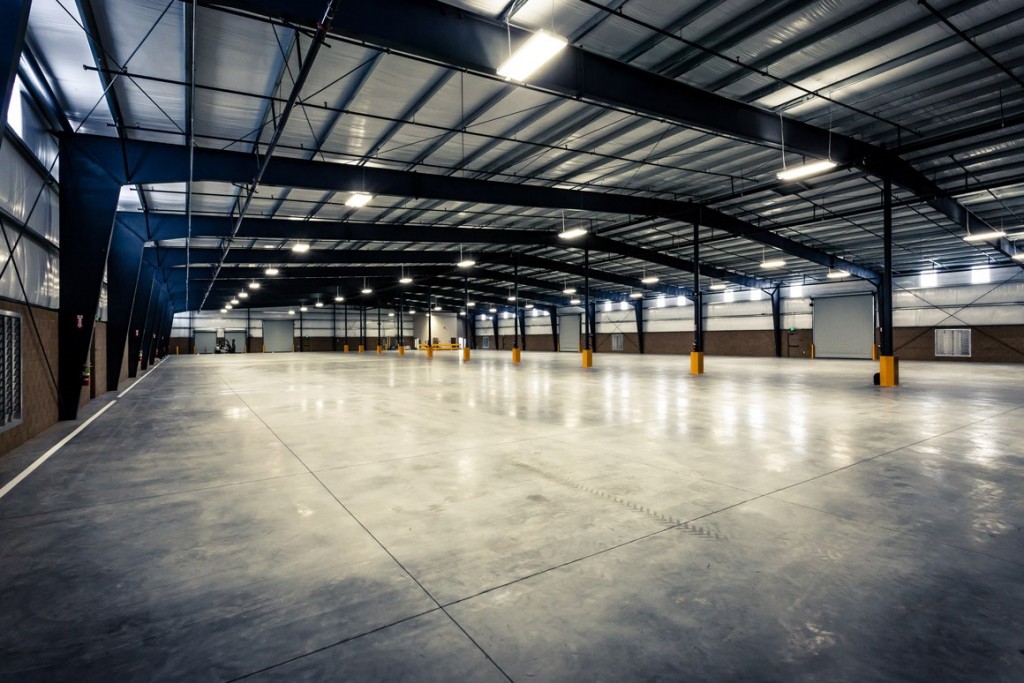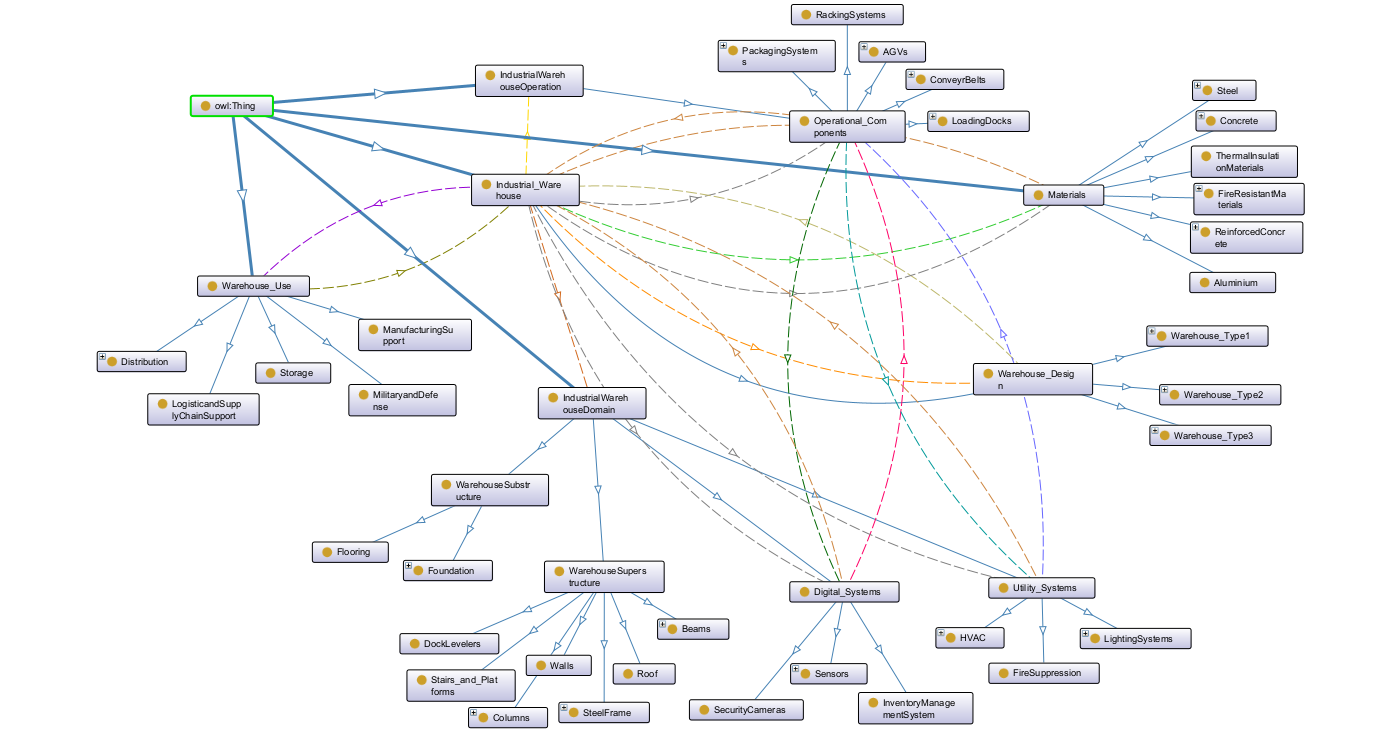Introduction:
This ontology focuses on the design of a modern Industrial Warehouse to be a part of any industrial complex that can serve many purposes. As we know, Industrial warehouses are critical components of any industry, serving as hubs for storage, distribution, and logistics and their functionality relies on a seamless integration of structural elements, operational components, utility systems, digital systems, materials being used in construction and purpose they are going to serve as well. This ontology for the design of such Industrial Warehouse was developed to encapsulate the various aspects of its design and operation and the primary goal will be to create a structured, reusable framework for modeling industrial warehouses because they are very complex structures that require detailed planning and analysis, encompassing various components such as construction materials, storage solutions, operational workflows, and logistical networks but following this ontology, simplifies these complexities, offering a comprehensive system to serve multiple purposes.
To create this ontology, the steps of developing an ontology suggested by Noy and McGuinness were followed. First of all, we must discuss some aspects like:
What is the purpose of this ontology?
- This ontology will help in the structured representation of design elements by defining key components like warehouse substructure, superstructure, and operational systems, ensuring a systematic approach to warehouse design.
- This ontology will also enable the integration of functional and material aspects by facilitating the selection of materials and operational components based on specific warehouse use cases, optimizing layout and efficiency as well.
What is the scope of this ontology?
- First, this ontology includes classes for structural components, such as warehouse substructure, superstructure, and utility systems.
- Secondly, it models relationships between warehouse elements, including operational components, digital systems, and materials to ensure functional integration.
- Lastly it also provides information on warehouse operations, covering maintenance activities, scheduling, and the responsible service providers.
Who are the intended users of this ontology?
This ontology can be useful for warehouse designers & engineers, and they can use it to plan structures, materials, and systems (HVAC, security, fire suppression).
- This ontology can also prove to be useful for supply chain managers in order to optimize warehouse selection, inventory management, and logistics operations.
- Also, this ontology can be used by automation developers to integrate digital systems, robotics, and automation (AGVs, sensors, conveyor belts) into an industrial warehouse.
What is the intended use?
- Warehouse Planning & Design
This ontology standardizes components, materials, and systems for efficient warehouse construction and operation.
- Automation & Optimization
This ontology also Supports integration of digital systems, robotics, and logistics for smarter warehouse management.
Ontological Modeling: Developing an ontology for an Industrial Warehouse
To develop an Industrial Warehouse Ontology, the guidance and best practices suggested by Noy and McGuinness in their foundational work on ontology development were followed.
Below is a detailed explanation:
Domain
The domain of this ontology is the Industrial Warehouse, which is the central concept being modeled. The ontology is designed to capture the components and systems of a warehouse to represent its structure, operations, use, and functionality.
Classes & their Subclasses
Classes represent the key concepts or categories within the ontology. The following are the classes and subclasses in this ontology
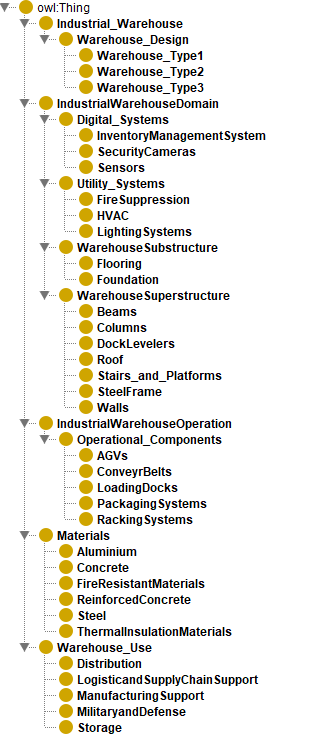
Properties
Properties define the relationships between the classes. These relationships can be object properties (linking two classes) or data properties (defining attributes of a class). The following are the properties of this ontology:
1. Object Properties
These properties connect one class to another:
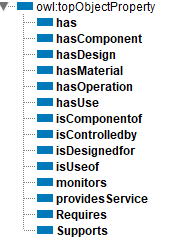
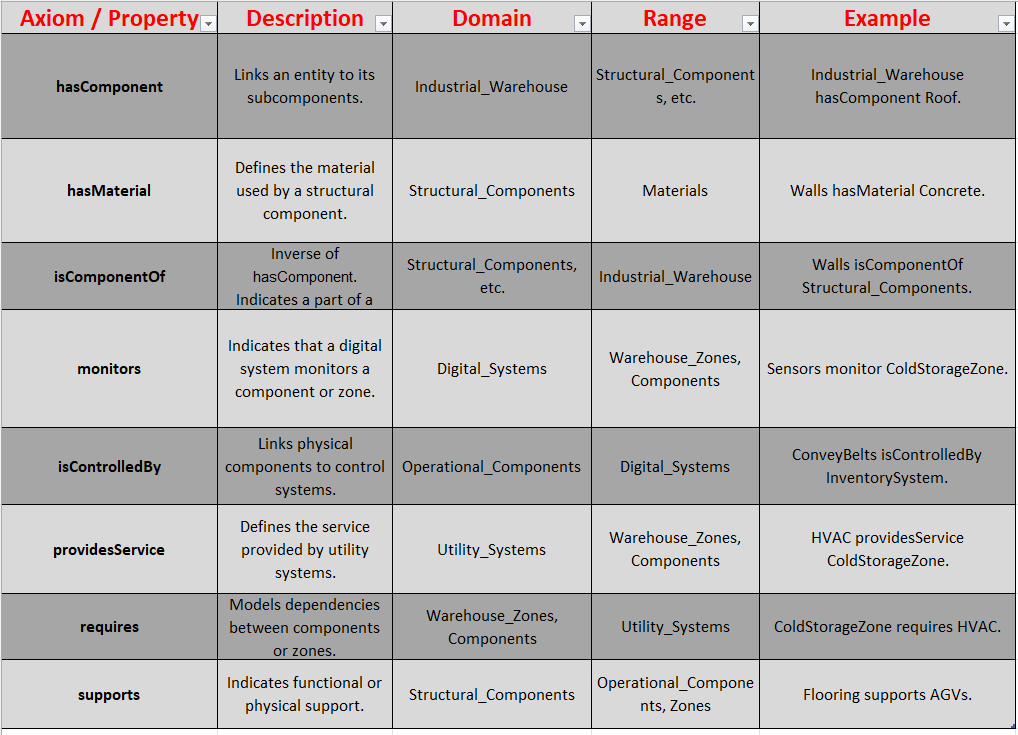
2. Data properties:
Following properties defining the attributes of our classes
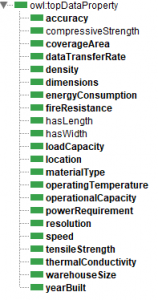
Instances:
There are many instances added in this ontology as well. Like we have three options under warehouse design and all three of the warehouse types have different properties and instances in them allowing them to serve separate purpose and be different from each other. It can be shown as in an example of one design type as follows:
Similarly, it can be shown for the other warehouse design types as well.
Visualization using the Onto Graf:
Once the whole ontology was designed and logical axioms were applied, then Pellet reasoner was used to validate logical axioms and ensure consistency. Then the following is the Onto Graf of our ontology:
Figure 2: Onto Graf of an Industrial Warehouse Ontology
Engineering Examples:
Following are the engineering examples of this ontology:
1. Structural Design of an Industrial Warehouse
- Ontology Elements Used: Warehouse Superstructure (Beams, Columns, Roof, Steel Frame, Walls)
- Example: This ontology can be used by a structural engineer who is designing a steel-framed warehouse with optimal column spacing to maximize storage space while ensuring load-bearing capacity.
- Automated Warehouse Logistics System
- Ontology Elements Used: IndustrialWarehouseOperation → Operational Components (AGVs, ConveyorBelts, Racking Systems, Packaging Systems)
- Example: This ontology can be used by a logistics company who is integrating Automated Guided Vehicles (AGVs) and conveyor belts to transport goods efficiently between different storage zones. Their engineers can use this ontology to design the layout to reduce travel time and optimize material handling.
- Fire Safety and HVAC System Design
- Ontology Elements Used: Utility Systems (Fire Suppression, HVAC, Lighting Systems), Materials (Fire Resistant Materials, Thermal Insulation Materials)
- Example: This ontology can be used by the engineers developing a fire suppression system using heat sensors and sprinklers, ensuring compliance with safety regulations and a ventilation system (HVAC) to maintain temperature stability for temperature-sensitive goods.
- Energy-Efficient Warehouse Construction
- Ontology Elements Used: Materials (Concrete, Steel, Thermal Insulation Materials), Warehouse Substructure (Flooring, Foundation)
Example: This ontology can be used by civil engineers for analyzing different thermal insulation materials for warehouse walls and roofs to reduce energy consumption as well.
Conclusion:
In conclusion we can say that this ontology provides a structured framework for warehouse design, operation, and automation. It helps standardize components, optimize logistics, and integrate smart technologies. By using this model, stakeholders can enhance efficiency, safety, and scalability in industrial warehouse management.
References
Noy, N. F., & McGuinness, D. L. (2001). Ontology development 101: A guide to creating your first ontology. https://www.stanford.edu/class/cs520/2001/ontology_development101.pdf
Rouwenhorst, B., Reuter, B., Stockrahm, V., van Houtum, G. J., Mantel, R. J., & Zijm, W. H. M. (2000). Warehouse design and control: Framework and literature review. European Journal of Operational Research, 122(3), 515–533.
Rosales, M., Chavarría-Barrientos, D., & Viera-Sánchez, F. (2021). A review of IoT technologies applied to smart warehouses. Logistics, 5(2), 26.
Honeywell Intelligrated. (2023). Warehouse Automation Solutions Overview. protege.stanford.edu
Siemens Digital Industries. (2021). Digital Solutions for Smart Warehouses. Siemens AG.
